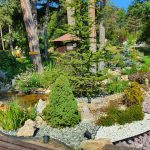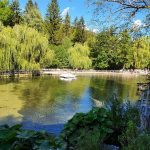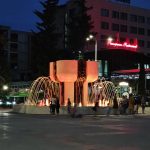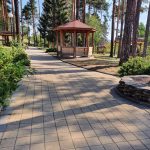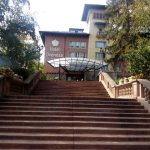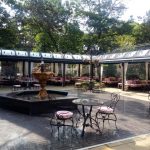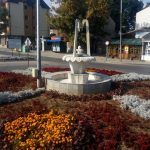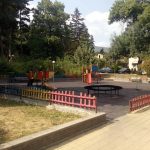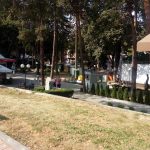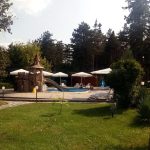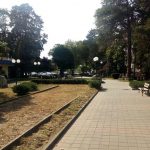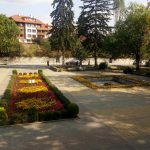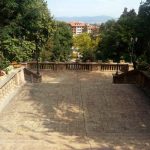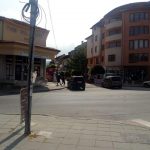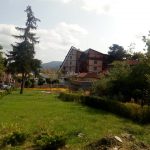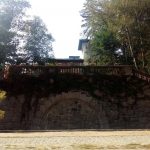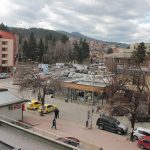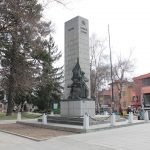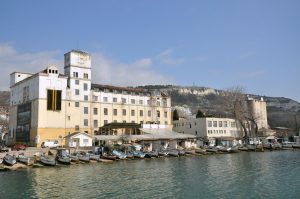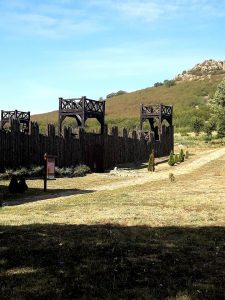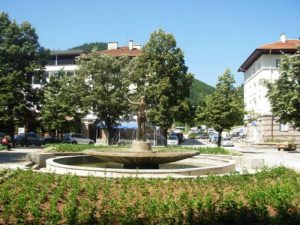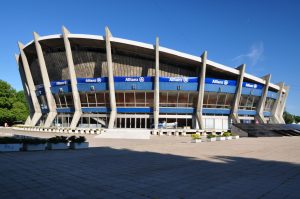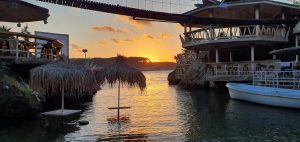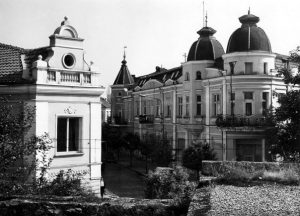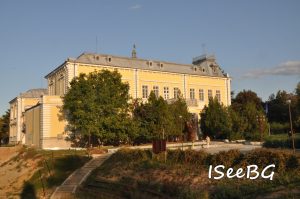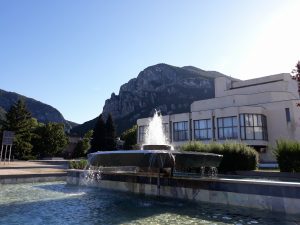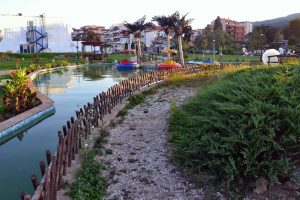Velingrad (Bulgarian: Велинград) is a town in Pazardzhik Province, Southern Bulgaria, located at the western end of Chepino Valley, part of the Rhodope Mountains. It is the administrative center of the homonymous Velingrad Municipality and one of the most popular Bulgarian balneological resorts. As of December 2009, the town has a population of 22,500 inhabitants.
Velingrad is situated at 750–850 m above sea level. Summers are warm and winters are cold. The average annual temperature is 10 °C, while the average July temperature is 19 °C. The annual duration of sunshine is about 2,000 hours. The relative air humidity ranges from 65 to 75%. Surrounded by age-old pine tree woods, the town favors abundant sunshine.
Mineral water springs
There are more than 90 mineral water springs with curative and preventive properties in and around the town. The mineral waters (from springs and wells) vary considerably in temperature, mineralization, radon, silicic acid and fluorine content, and are suitable for treatment of a wide range of diseases. 9000 litres of water per minute spring from the five thermal and mineral deposits in Ladzhene, Kamenitsa, Chepino, Rakitovo and Kostandovo.
Together with the numerous mineral waters, Velingrad boasts another natural phenomenon as well — the Kleptuza, the biggest Karst spring in Bulgaria, with an average discharge of 1200 litres of ice-cold water per second.
Culture, education and architecture
There are eight schools (five of them high schools), three reference libraries (chitalishtes), about 100 hotels (some of which five-star), a stadium and a city orchestra.
Villa “Raina”, Velingrad, Bulgaria
The Villa Raîna is a Néo-Renaissance villa in the city’s area of Ldžene (Bulgarian: Лъдженe) and was designed in 1928 by a renowned pre-WWII Serbian architect Milutin Borisavljević (1889-1970). Initially, “Raina” was conceived as the summer house of the Belgrade based industrialist, Stojadin “Stole” Stevović (1888-1945), for the needs of the families Stevović and Simić. The site selected was a hilltop just outside the city of Velingrad, locally called the “Acropolis”. The design mainly reflected the values of French Renaissance architecture but with discreet decorative features in the then fashionable Art Deco style. The house was nationalized in 1946, and transformed into a sanatorium for the treatment of infectious diseases. In 1992 the Villa Raina was restituted to Stevović’s heirs (families Krsmanović-Simić and Gillès de Pélichy). The summer house is today protected by law as a cultural and historical monument of regional importance.
map:
source: en.wikipedia.org


